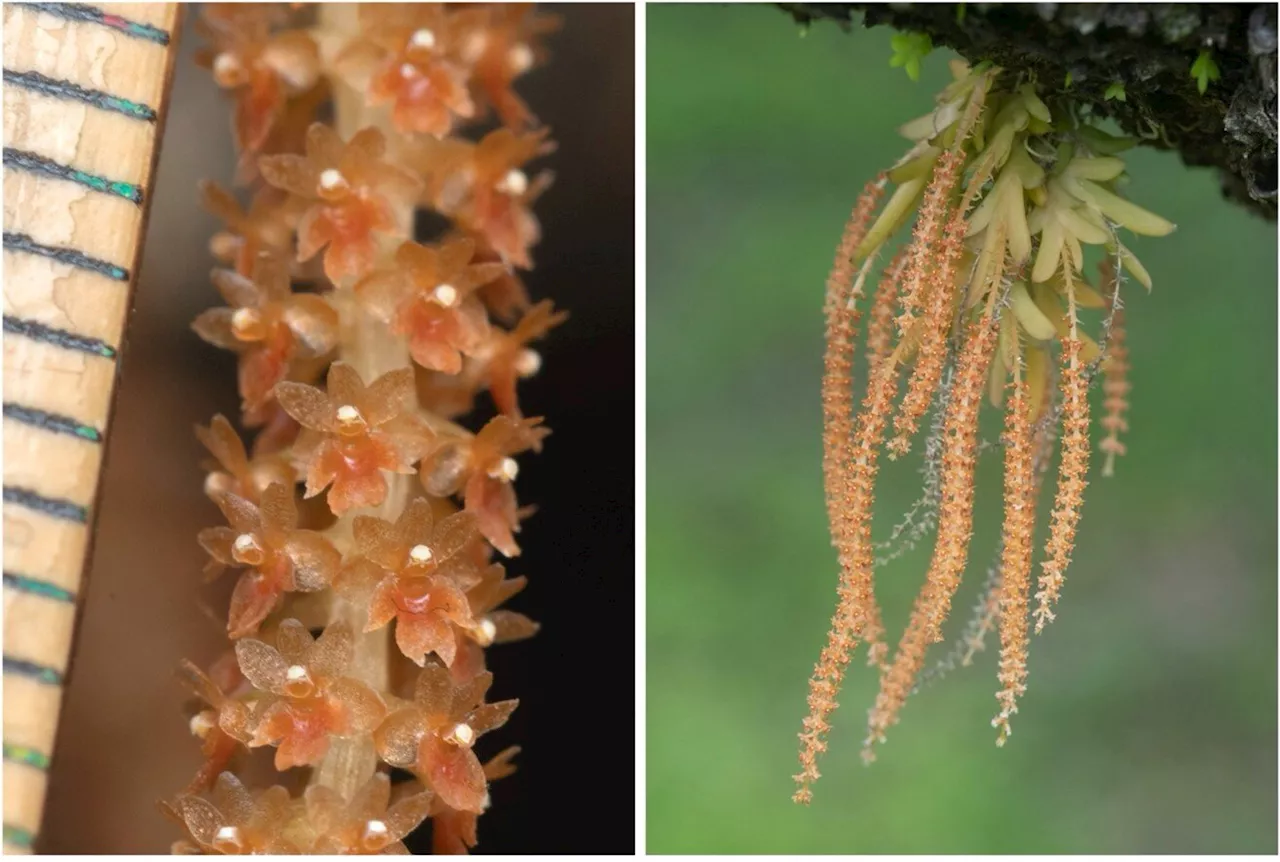A bristle worm with eyes as sharp as those of mammals may shed light on UV, visual processing techniques.
Why does a creature that hunts at night need eyes that weigh about twenty times its head?Anders Garmbristle worms, also known as polychaetes, live on the Italian island of Ponza, just west of Naples. Although the size of their eyes alone is noteworthy, their proportion to the rest of the creature’s body is what captures one’s attention.eyes look like two giant, shiny red balloons that have been strapped to a thin worm’s body.
Researchers found that the worm’s visual capacity is both excellent and advanced. They demonstrated that the worm can see small objects and track their movements. This visual acuity from such a tiny, simple creature is unusual because capabilities like that are usually reserved for more advanced creatures, like vertebrates, arthropods, and cephalopods.
“This is the first time that such an advanced and detailed view has been demonstrated beyond these groups,” says Garm. He adds that the worm’s eyesight is equivalent to that of mice or rats. The researchers are still unsure of why the nocturnal creatures have such acute eyesight.“What they are using the eyes for is right now the one-million-dollar question,” says Garm. He has two hypotheses — both involving the worm’s ability to see UV light.
How exactly the creature can do either or both of those functions — as well as see as strongly as it does — triggers another question in Garm’s wheelhouse: how can a creature with such a simple nervous system perform such complex visual-processing tasks? He suspects thatlike other creatures with limited brain power, uses a filtering technique so that only information essential to the animal’s behavior gets through.eyes extract.
United Kingdom Latest News, United Kingdom Headlines
Similar News:You can also read news stories similar to this one that we have collected from other news sources.
 Tiny orchid flowers pollinated by tiny fliesResearchers Yuta Sunakawa, Ko Mochizuki, and Atsushi Kawakita of the University of Tokyo have discovered the first orchid species pollinated by gall midges, a tiny fly species. This is the first documented case of an orchid species found to be pollinated by gall midges, and it makes the orchids the eleventh such plant family.
Tiny orchid flowers pollinated by tiny fliesResearchers Yuta Sunakawa, Ko Mochizuki, and Atsushi Kawakita of the University of Tokyo have discovered the first orchid species pollinated by gall midges, a tiny fly species. This is the first documented case of an orchid species found to be pollinated by gall midges, and it makes the orchids the eleventh such plant family.
Read more »
 Tiny nukes on trucks: Sub-20 megawatt reactors to power remote areasA small modular nuclear reactor that can be transported in a shipping container can bring carbon-free energy to far off places.
Tiny nukes on trucks: Sub-20 megawatt reactors to power remote areasA small modular nuclear reactor that can be transported in a shipping container can bring carbon-free energy to far off places.
Read more »
 Debris killer: AI-powered solution to track tiny floating space junkThere are millions of pieces of space junk flying in Low Earth Orbit, says NASA.
Debris killer: AI-powered solution to track tiny floating space junkThere are millions of pieces of space junk flying in Low Earth Orbit, says NASA.
Read more »
 Win 2 tickets to Tiny Habits!Enter below for the chance to win 2 tickets to Tiny Habits! Tiny Habits – Little Bit Farther Tour Support: Beane Saturday, March 23, 2024...
Win 2 tickets to Tiny Habits!Enter below for the chance to win 2 tickets to Tiny Habits! Tiny Habits – Little Bit Farther Tour Support: Beane Saturday, March 23, 2024...
Read more »
 Sister Sparrow & The Dirty Birds: Tiny Desk ConcertThe New York band's punchy horn section, bluesy vocals and uniquely transformative harmonica solos instantly demand attention.
Sister Sparrow & The Dirty Birds: Tiny Desk ConcertThe New York band's punchy horn section, bluesy vocals and uniquely transformative harmonica solos instantly demand attention.
Read more »
 Scientists create 3D reflector chip to boost tiny tech with 6G speedsResearchers at Cornell University have created a chip for smaller devices at higher frequencies, advancing future 6G technology.
Scientists create 3D reflector chip to boost tiny tech with 6G speedsResearchers at Cornell University have created a chip for smaller devices at higher frequencies, advancing future 6G technology.
Read more »
